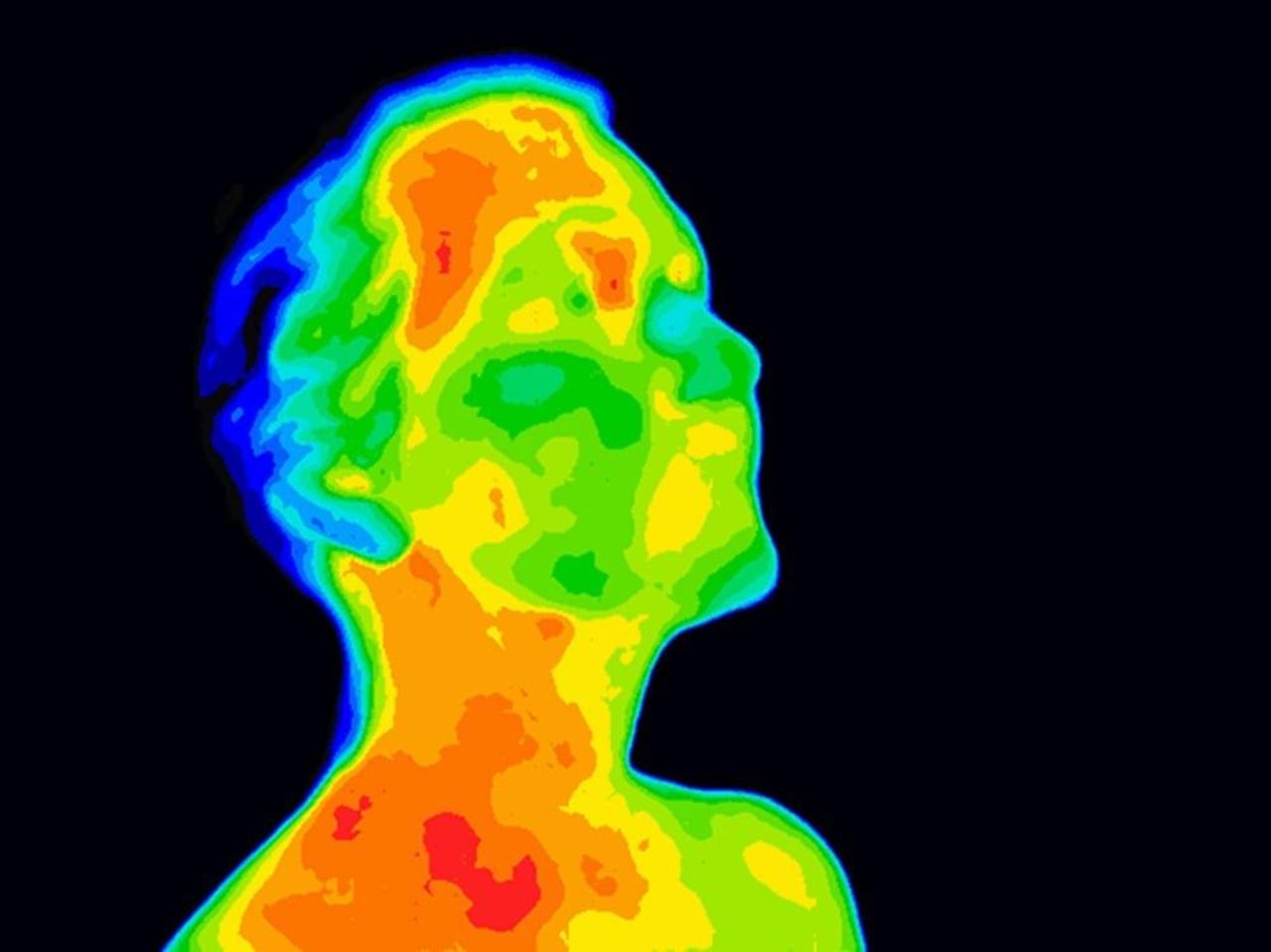Overhead scanners screen bystanders for signs of COVID-19


Hospitals are turning to artificial intelligence and machine vision to help with the spread of COVID-19 in novel applications that feel straight out of science fiction. A company called care.ai is working with hospitals to screen visitors by analyzing facial attributes such as sweating and discoloration as well as data from a thermal scan.
This allows hospitals to screen visitors for fever and help reduce the spread of COVID-19 within the hospital. Tampa General Hospital installed the technology to the remaining six entrances of the facility that are still open.
The technology raises tantalizing possibilities, but could ring alarm bells about how its being rolled out. There are also questions about market adoption. Much of the response to COVID-19 infections has been ad hoc, pointing to a lack of vital preparation across a variety of sectors, healthcare foremost among them. Is it feasible to bolt on new technology systems as bandaids for deeper and longstanding structural issues?
I reached out to Chakri Toleti, founder and CEO of care.ai, to learn more about the facial recognition technology and its place in the escalating crisis.
GN: What facial attributes correlate to infections or illness in general? How targeted or precise can we get with respect to a specific infection like COVID-19?
CT: Our platform leverages a sensor fusion stack, built with multiple sensors including a thermal sensor. Our AI algorithms observe multiple facial characteristics to execute a temperature screening. In real-time our neural network analyzes numerous points of the face over a period of 1-3 seconds. In combination, we also process numerous data points within the room's characteristics. As a result, we're able to provide a very accurate "touch-free" temperature reading within .3 degrees of variance.
GN: How does integration into a hospital work, both from a workflow and a logistical standpoint? How long until a new client can be up and running?
CT: A new client can be implemented in a matter of a few days, sometimes even a few hours. Hospitals most commonly install the thermal entry solution at facility entrances. As persons enter the facility a temperature screening occurs. If an abnormal reading (i.e. above 100 degrees) occurs, staff are notified immediately via the care.ai app. Integration to the EMR or other applications is not a must, which allows us to install the solution more quickly.
GN: Where have you gotten traction since the start of the pandemic? What specific hospitals or partners?
CT: We've had significant demand for the solution. Currently, we've partnered with over 10 organizations which have placed orders in the last two weeks, including Rush University Medical Center, Tampa General Hospital, Quorum Healthcare, and many other acute and post-acute care facilities.
GN: If misused, this technology has the potential to help discriminate against people based on any number of traits. You could imagine a company screening job applicants as they walk through the door and weeding out based on ai-enhanced observations about chronic illness or physical characteristics. How is care.ai making sure it's technology isn't used improperly?
CT: The technology scans all persons, and simply provides a temperature reading of each person scanned (in a de-identified manner) and sends notifications (for any/all abnormal readings) to staff. Our focus has always been on improving safety for all patients, as well as helping our customers create the safest care environments. We're very proud to provide critical information to our customers at a time of most need.